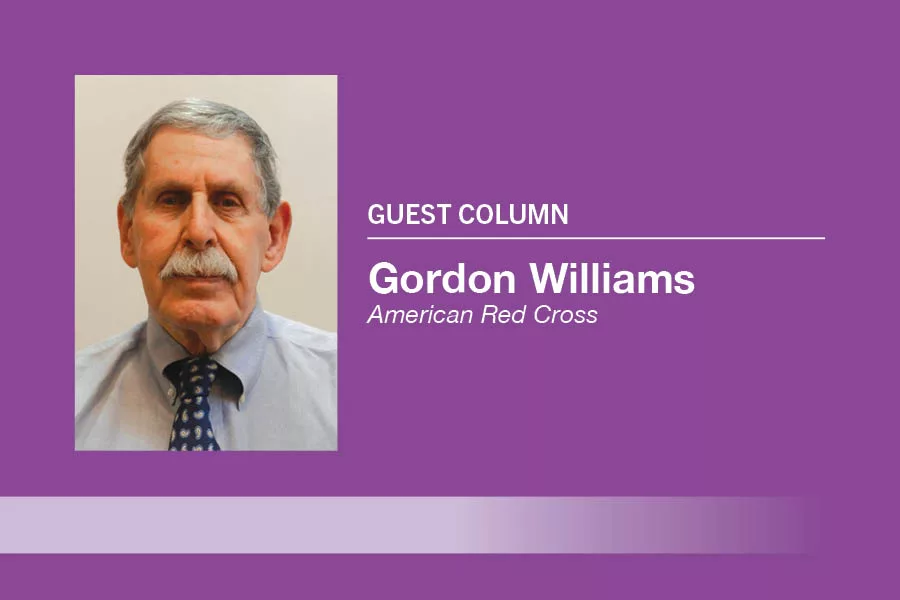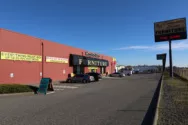
Home » How to build an emergency radio network on the cheap
How to build an emergency radio network on the cheap

September 3, 2024
Almost any event, from a group hike on a summer day to a nighttime evacuation forced by wildfire, goes more smoothly when a communications network ties all participants together.
And while disaster responders use costly and complex radio systems to keep in touch, you can create your own network using cheap, easy-to-use radios.
Do-it-yourself networks make use of two closely related radio systems – Family Radio Service (FRS) and General Mobile Radio Service (GMRS). Both use inexpensive walkie-talkies, operating in what is called the 70-centimeter radio band.
Each radio wave in this band is precisely 70 centimeters long. It is also called the 440-band because about 440 million of those 70-centimeter radio waves will pass a given point every second (The actual frequency range is between 462 to 467 million cycles per second.).
Having learned that technical detail you can immediately forget it because no technical knowledge of any kind is required to operate either FRS or GMRS. Radios for both systems are widely available at hardware stores, big box retailers and online. FRS radios sell for as little as $20 a pair, and GMRS radios start at less than $30 each.
The Federal Communications Commission (FCC) has assigned 30 frequencies jointly to FRS and GMRS. All radios come with these frequencies already installed. Tune to one and your radio can communicate with anyone else who has an FRS or GMRS radio. At low cost and with virtually no learning curve, you have an emergency communications net in place.
Licensing requirements
No license is needed to operate FRS. Buy the radios, open the packaging, spend a few minutes reading the instructions and you are good to go.
GMRS radio does require a license from the FCC. Apply online at the FCC website and pay a one-time fee of $35. In return, you will be notified you have a license and a federally assigned call sign (My call sign is WSBY955.). No testing is required and that one license – once-issued – covers everyone in your immediate family.
One application, one license and you could have a family network involving a dozen people.
You can use it to keep track of a dozen people on a hike or visiting a popular tourist spot. Get friends and neighbors involved and you could have a network to keep everyone in touch should a disaster hit your neighborhood. Commands and instructions could be passed in an orderly manner, even if an order to evacuate comes in the middle of the night.
Consider acquiring a radio for every member of your personal support team to monitor each other’s daily well-being, especially those most vulnerable. Check with your county department of emergency management for advice on how to build an emergency radio net.
YouTube is loaded with tutorials on how to choose and operate these radios. Turn on the radio, pick a frequency, get someone to tune the same frequency, and you are in business.
Maximum ranges
The maximum range on an FRS radio is probably no more than two miles. But for keeping hikers together or building a network in your neighborhood, that is all the range you need. A GMRS radio can cover around five miles.
Finding repeaters
Repeaters, which extend a radio’s reach, are run by local amateur (ham) radio clubs, emergency management operations and altruistic individuals, and are free to use. You locate nearby repeaters by searching the internet for GMRS repeaters in your area. Hunt down your local ham radio club to see if it operates a GMRS repeater.
My own club (Kitsap County Amateur Radio Club, or KCARC) operates an excellent GMRS repeater on Gold Mountain in Bremerton. Using a repeater, I have made contacts as far as 30 miles away.
Building a family or neighborhood radio net is a great way to involve others for recreational purposes that also may come in handy in difficult communication environments like power outages or worse. It’s an additional tool to help you be prepared for whatever might come up.
Gordon Williams is a volunteer with the American Red Cross Northwest Region Communications Team.
Senior Times
KEYWORDS September 2024
Related Articles
Related Products





